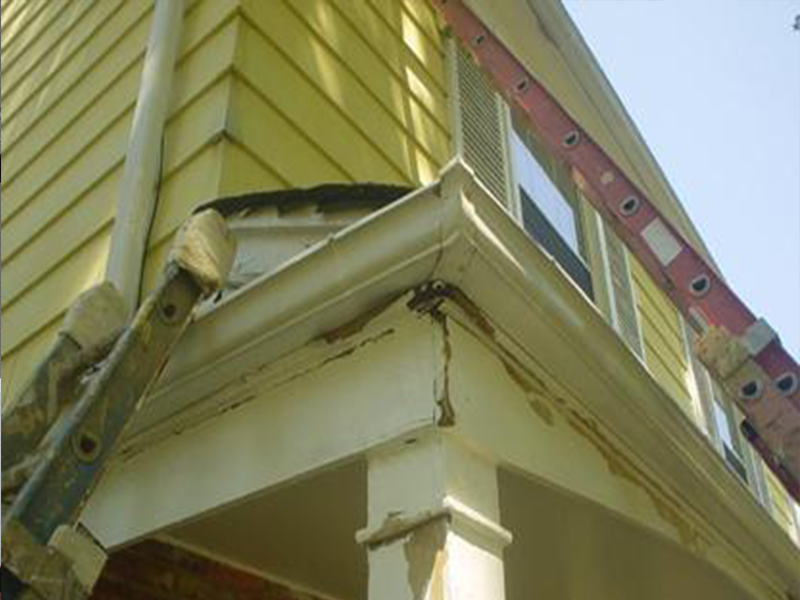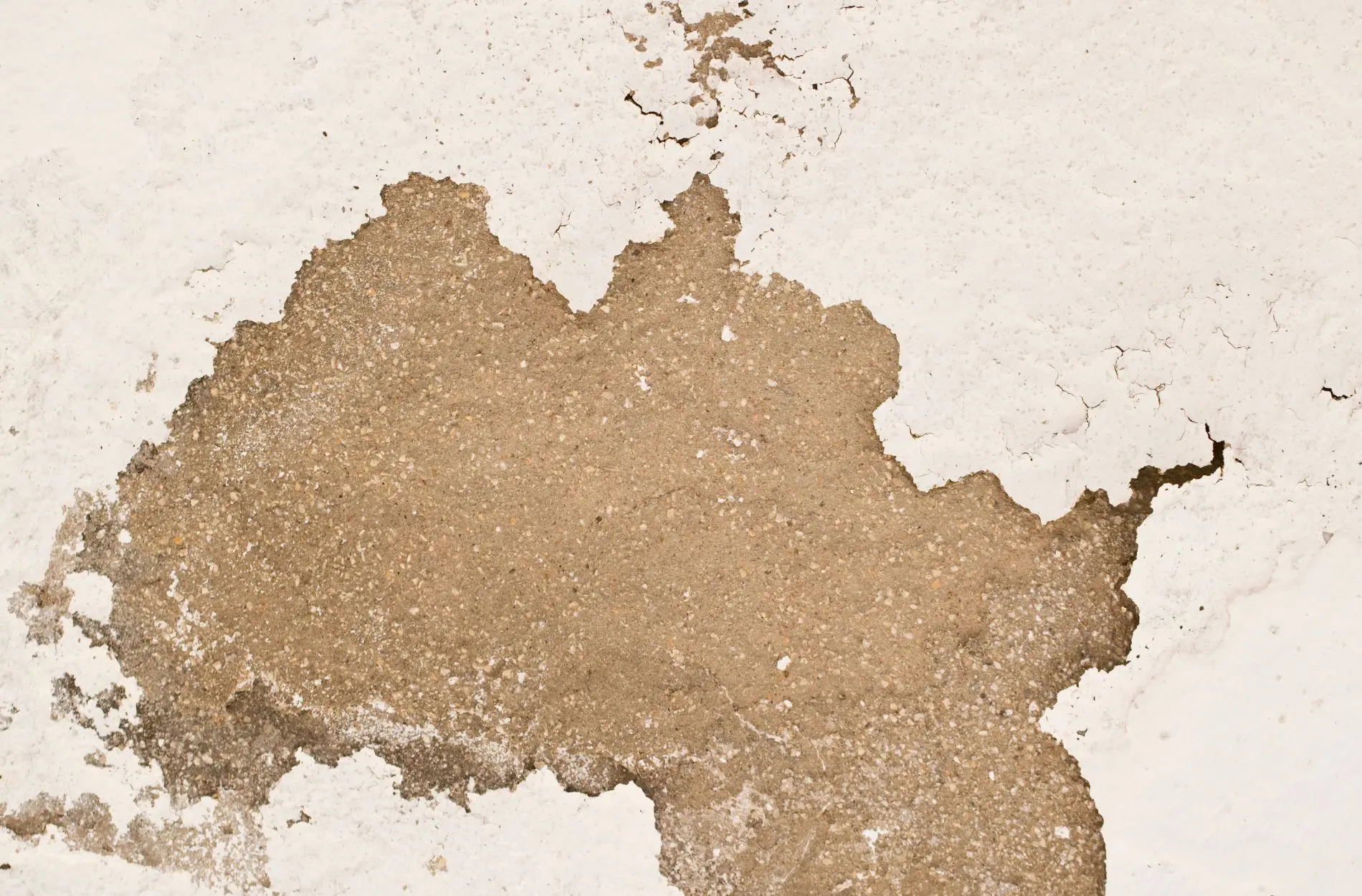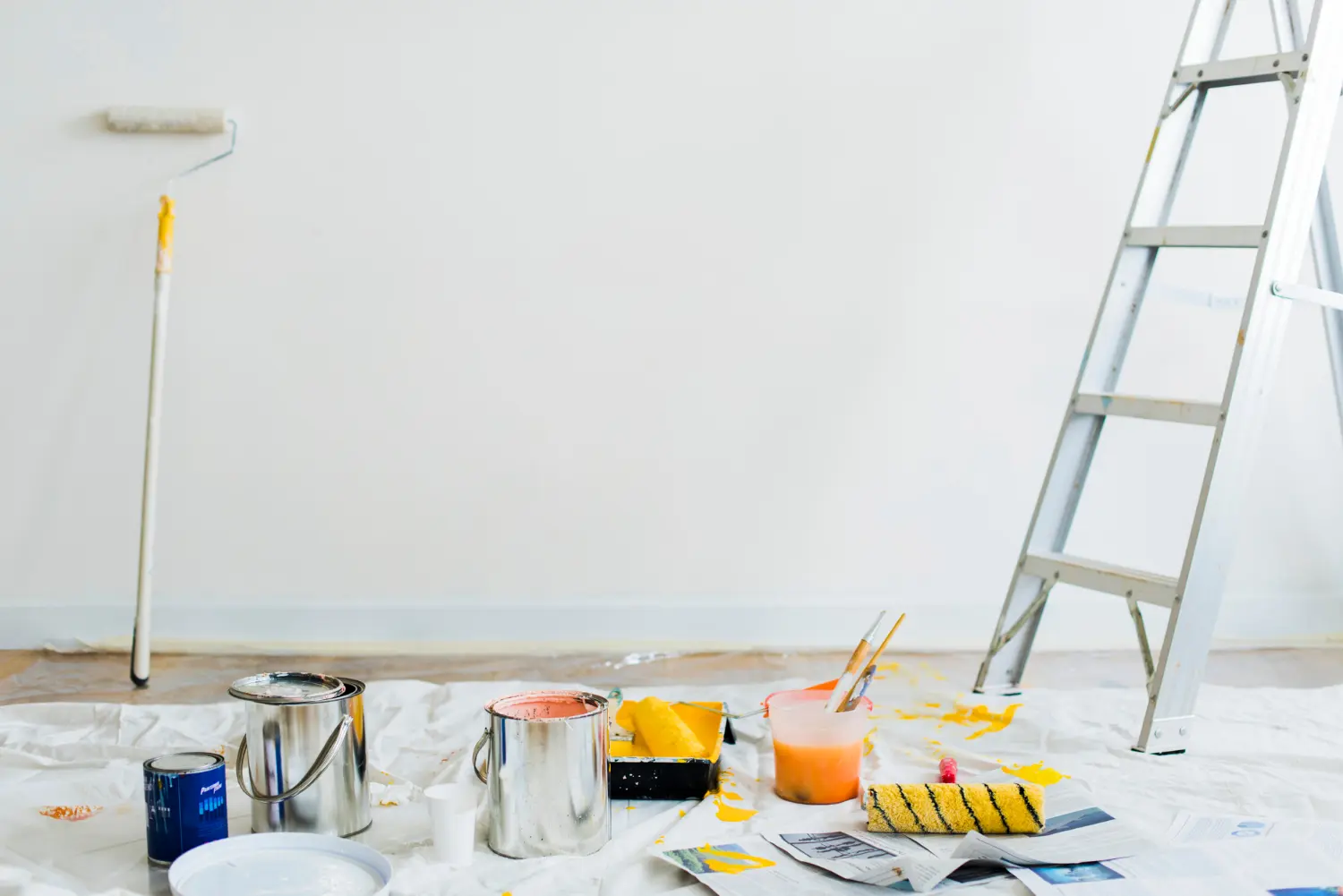Exterior Paint Removal – Negotiating a Necessary Evil

There are certain parts of the home painting process that are inherently more enjoyable than others. In fact, if you were to ask any sample group of people, chances are most of them wouldn’t mind the prospect of grabbing a brush, a bucket and making with the painting.
Unfortunately, the preparation process is pain in the proverbial that cannot be sidestepped. Exactly what it entails will vary significantly from one project to the next, but as any professional painter will tell you – preparation is everything.
Seriously – the final result you can expect to produce is about 75% down to how you first prepare the surfaces.
With exterior painting in particular, taking preparation seriously is of the utmost importance. The reason being that when you think about it, it’s not as if the elements are particularly kind to the outside of your home throughout the year. There’s always the option of skipping the prep, but the result will almost always be paint that peels, cracks, flakes and generally looks quite terrible in no time at all.

For most, the worst part of the painting process is stripping the previous coat of paint from the surfaces. For some, the obvious choice is to simply cover it with vinyl siding. Nevertheless, this can often hide the true beauty of the exterior of your home, which for obvious reasons is a shame.
So assuming you’ve made the decision to go about the paint-stripping process as a DIY project, how should it be done?
Well, the short answer is carefully and mindfully – stripping paint is challenging, boring and has the potential to be dangerous. As such, it is worth considering the available options carefully, before deciding exactly how to go about the job.
Propane Blowtorch
For example, the trusty propane blowtorch tends to be something of a standard go-to for millions of homeowners all over the country. The reason being that not only is it a cheap and accessible option, but it also gets the job done comparatively quickly.
On the downside, you could argue that the disadvantages of the humble blowtorch exceed the advantages. For one thing, there’s the obvious danger that comes with applying a seriously powerful flame to the kind of wood that could be splintered, old and pretty much primed for ignition. There are plenty of pockets you could hit along the way which could result in a rather urgent 911 call being placed. And if all this wasn’t enough, you really don’t want to know what happens when a scorching flame comes into contact with lead paint. Suffice to say, it’s a toxic and potentially deadly combination.
While using a propane blowtorch may seem like an obvious option, it’s also an option the vast majority of experts advise against these days.
Heat Guns
Aren’t these things exactly the same as propane blowtorches? Not at all – the key difference being that electric heat guns do not produce temperatures high enough to cause the same dangers. They operate at a temperature that is cool enough to prevent the release of toxic fumes from lead paint, while significantly reducing the likelihood of you torching your entire home.
Electric Sanders
One of the best options for those who know how to handle them is the belt sander or orbital sander. These take a somewhat more ‘traditional’ approach to paint-stripping, physically ripping the paint off the wood and throwing it all over the surroundings. Somewhat messy to say the least, but certainly efficient.
On the downside, apply too much pressure while using an electric sander and you could damage the wood. In addition, if there is any lead paint on the exterior of your home, electric sanders can create the kind of dust that poses a severe health risk to you and everyone else around you
Sandblasting
This is not the kind of option to go for if you’re looking at a DIY paint-stripping project, unless you want to run the risk of removing half the wood with the paint. It’s a fast, effective and efficient solution, but really should be handled only by the professionals.
Scraping
Last but not least, there will always be those who swear by the traditional blade or knife designed specifically for removing paint. You get greater control over what you’re doing, dust production is minimal and you are less likely to cause damage along the way. The obvious downside being that it is a much more labor-intensive job and can be difficult for one person to tackle, if dealing with a larger property.
Ask the Experts
Of course, there’s always the option of having the experts come in and take care of things on your behalf. When you take into account the costs of the equipment you are going to need, the time it’s going to take you and the potential for making a mess of things along the way, you could be considerably better off working with the professionals.
It’s always worth requesting a free quotation, even if you don’t end up going ahead with the service after all.










